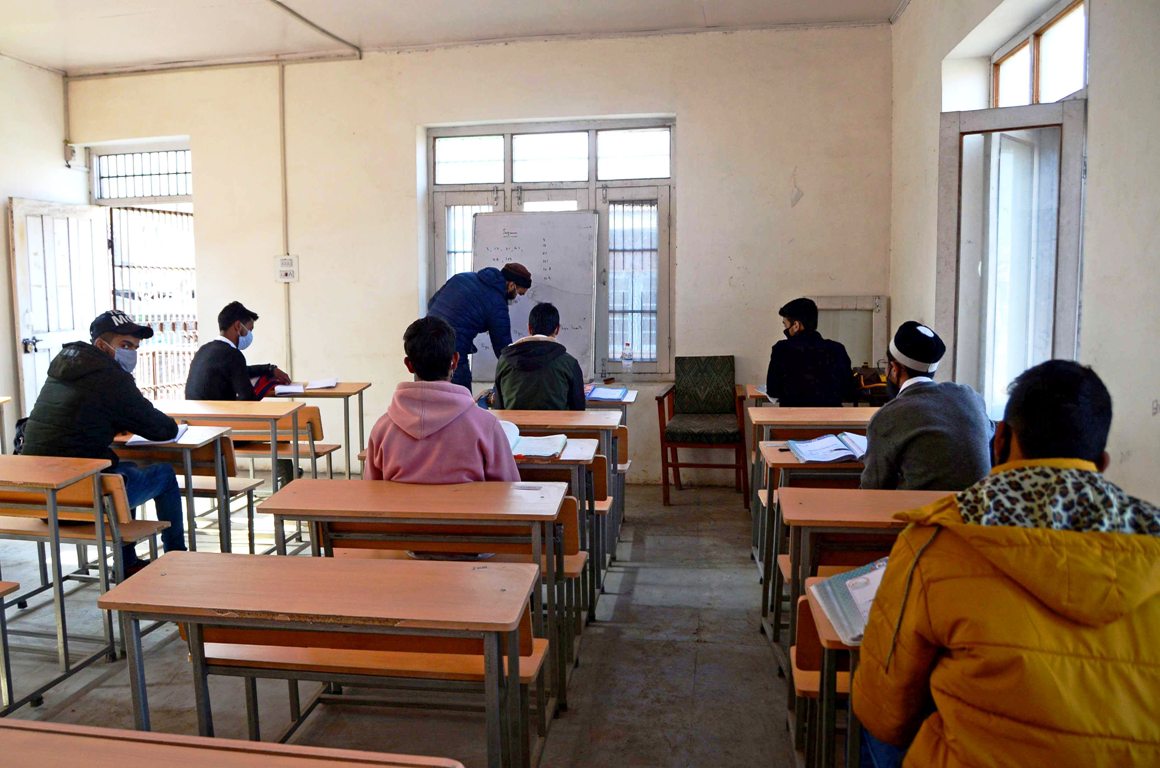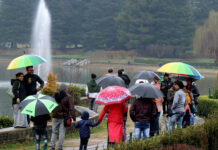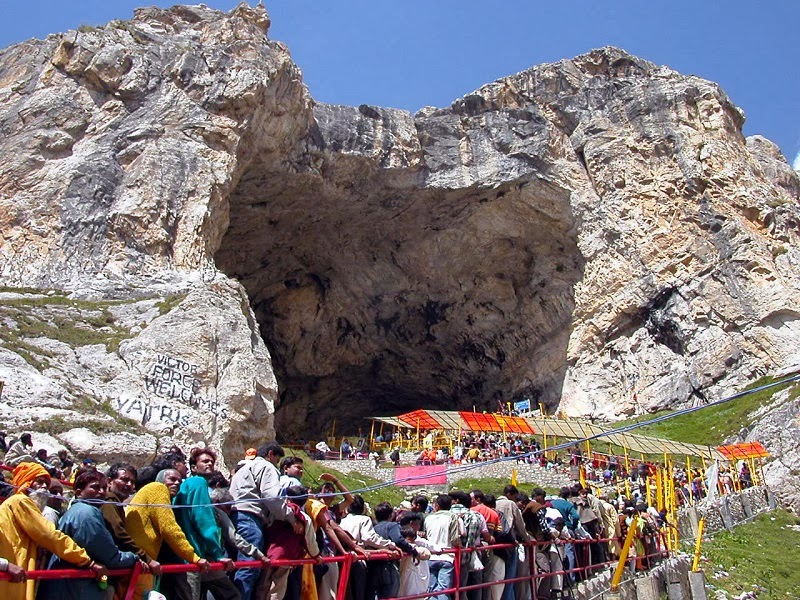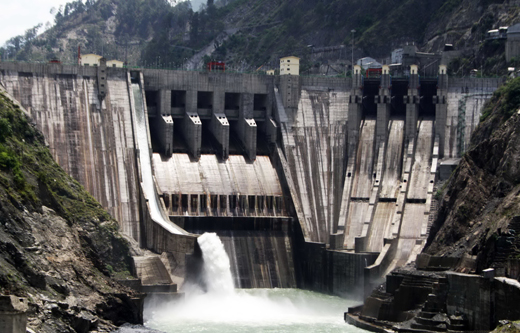The overwhelming demand was easy travel and communication between the two sides. The misconception that trans-LoC route was only to facilitate the meeting between divided families was removed and it was clarified that it is open to all Kashmiri residents on either side of the divide. The main aim of the conference was to forge a broad consensus towards strengthening the fragile peace process in J&K. We had the privilege of having late H K Khursheed’s wife, Suraya Khursheed, and historian Mohammad Din Fouq’s granddaughter, Mrs Suraya Anwar among the host dignitaries from AJK. Their presence lent grace and credibility to the conference. To me, Mrs Anwar was a class apart. She talked threadbare and made her point without triggering eyebrows from any side of her audience. By and large, the routine bashing was absent. They too participated in the deliberations and expressed concern on the problems faced by women. They were quite articulate in the demand that the travel across the LoC should be hassle-free. They wanted the inclusion of women in the peace process so that their voices are also taken note of. The exercise was over by November 7.
 Later, our hosts engaged us by taking us to important places and site-seeing. While going through the city of Muzaffarabad, we saw the wounds and scars left by the 2005 earthquake. At certain places, the scenes were evidently devastating and heart-rending. The devastation has changed the demography of Muzaffarbabad. Though a lot has been achieved but much remains to be done. At places, a part of the ruined city was functioning from the pre-fabricated structure.
Later, our hosts engaged us by taking us to important places and site-seeing. While going through the city of Muzaffarabad, we saw the wounds and scars left by the 2005 earthquake. At certain places, the scenes were evidently devastating and heart-rending. The devastation has changed the demography of Muzaffarbabad. Though a lot has been achieved but much remains to be done. At places, a part of the ruined city was functioning from the pre-fabricated structure.
We had a detailed meeting with vice-chancellor of Muzaffarabad University, Dr Syed Dilnawaz Ahmad. He was quite cordial, frank and positive. Both sides agreed on student exchange programes. Exchange of cultural trips was also agreed upon. Among the political dignitaries, we met Chodhary Akbar Lateef, president, Azad Jammu & Kashmir, Sardar Yaqoob Khan and Sardar Atiqullah Khan. The residence of AJK President in Lohaar Gali was looking as if it was located in the beautiful Tangmarg in Kashmir. Talking to us at dinner, he made just one observation that ‘no camps exists here’. I did not know which camps he was referring to. Overall, the conversation held with him was quite satisfactory. Delegates on both sides urged them to strengthen the initiative of women and make CBMs strong and effective. The response was more positive.
The trip, especially the post-conference engagement, was planned in such a way that the participants could not get much time to see everything. But we could gather little that Kashmiris living in AJK are desperate to return. These include people who have been living there for a long time and form part of the Muzaffarabad’s creamy layer, given their economic profile. All of them want the LoC route be opened for their movement into the valley and the procedures should be uncomplicated. Some boys working in the hotel we stayed in carried the same desperation for their return and reunion with their families.
And the generosity extended to us by the hosts was amazing and remarkable. Their coordination, promptness, dynamism and cooperation were commendable. They were well-organized and the team spirit was praise worthy. The arrangements on our side of LoC for the travelling public are shameful, to say the least. No place to sit, no shelter at all, not to speak of toilets or drinking water for the passengers who have to wait long before boarding the Caravan-e-Aman, the so called peace cavalcade. On our return, the place was pitch-dark and we had to grope to look for our baggage. There was not a soul around to help or to guide the travelling public which usually includes ladies, aged passengers and children. Nor is any information displayed to guide them.
(The author, an educationist, has published five volumes of Aaieena Numa, select writings by legendry journalist, Shameem Ahmad Shameem, her elder brother.)















